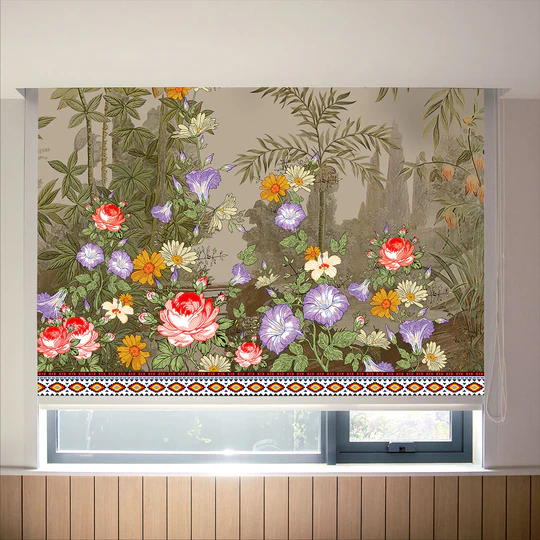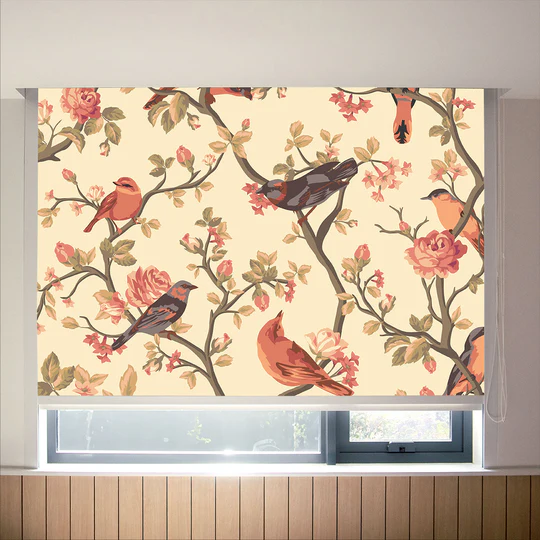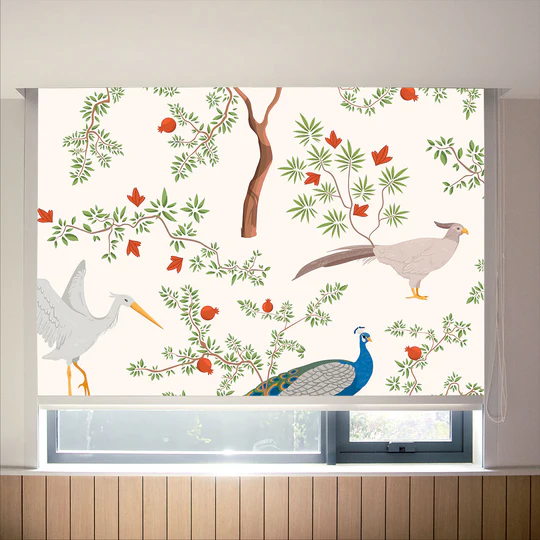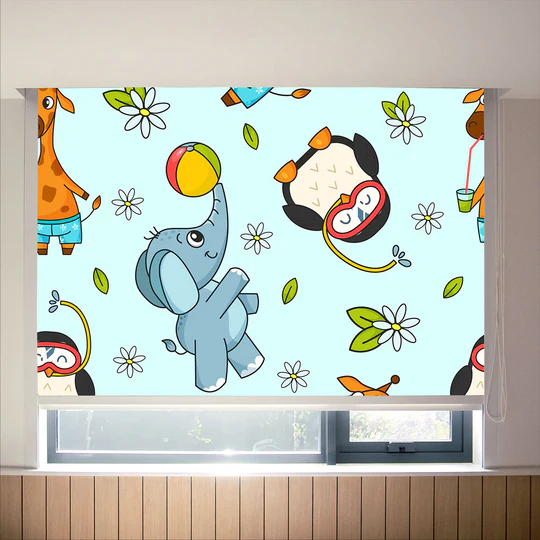Pichwai window blinds
Pichwai window blinds






Pichwai window blinds
If your windows are worn out and aren’t doing a passable job of keeping the warm air inside your home in winter (or keeping it out in warm weather), it might be time to consider having new, energy efficient windows installed. But new windows, especially high quality energy efficient ones, can be very costly. This means that it can take a long time for them to pay for themselves in energy savings. For the amount of cash it would cost you to redo the windows in a single big room, you can achieve almost the same energy efficiency improvement with some simple weather stripping and by using energy saving window coverings to reduce heat transfer between your home and the out of doors.
Let’s first review how windows help keep the cold out in winter, and the hot out in summer. Windows block heat transfer in three ways: convection, conduction, and radiation.
Windows stop or reduce the convection airflow between the inside and out of doors, blocking heat from travelling through the window with the airflow. A leaky window, or one with cracks in the glass or damaged putty, allows air through these gaps, so heat escapes in cold weather, and heat sneaks in during warm weather.
Even the thinnest sheet of glass has some insulating properties, but if there are two panes of glass and the space between the panes is an inert gas such as argon, the panes provide extra insulating value, which reduces heat transfer through conduction. Conduction is what causes the metal handles of a pot to heat up when you boil water in the pot; so you can imagine that a metal window frame, if not properly built, can allow a lot of heat through the window frame. Although you can’t readily add extra glass sheets to a window, there are other ways to add still air spaces between the glass and the interior, which will increase insulation and reduce conduction transfers.
Radiation, the last kind of heat transfer, typically occurs when light in the infrared spectrum travels through windows, heating the air inside, or when infrared radiation inside the room radiates out through the glass. Home energy auditors sometimes take infrared photos of a home to illustrate where heat losses are most significant, and windows are typically one of the largest sources of heat escaping from houses in winter.
